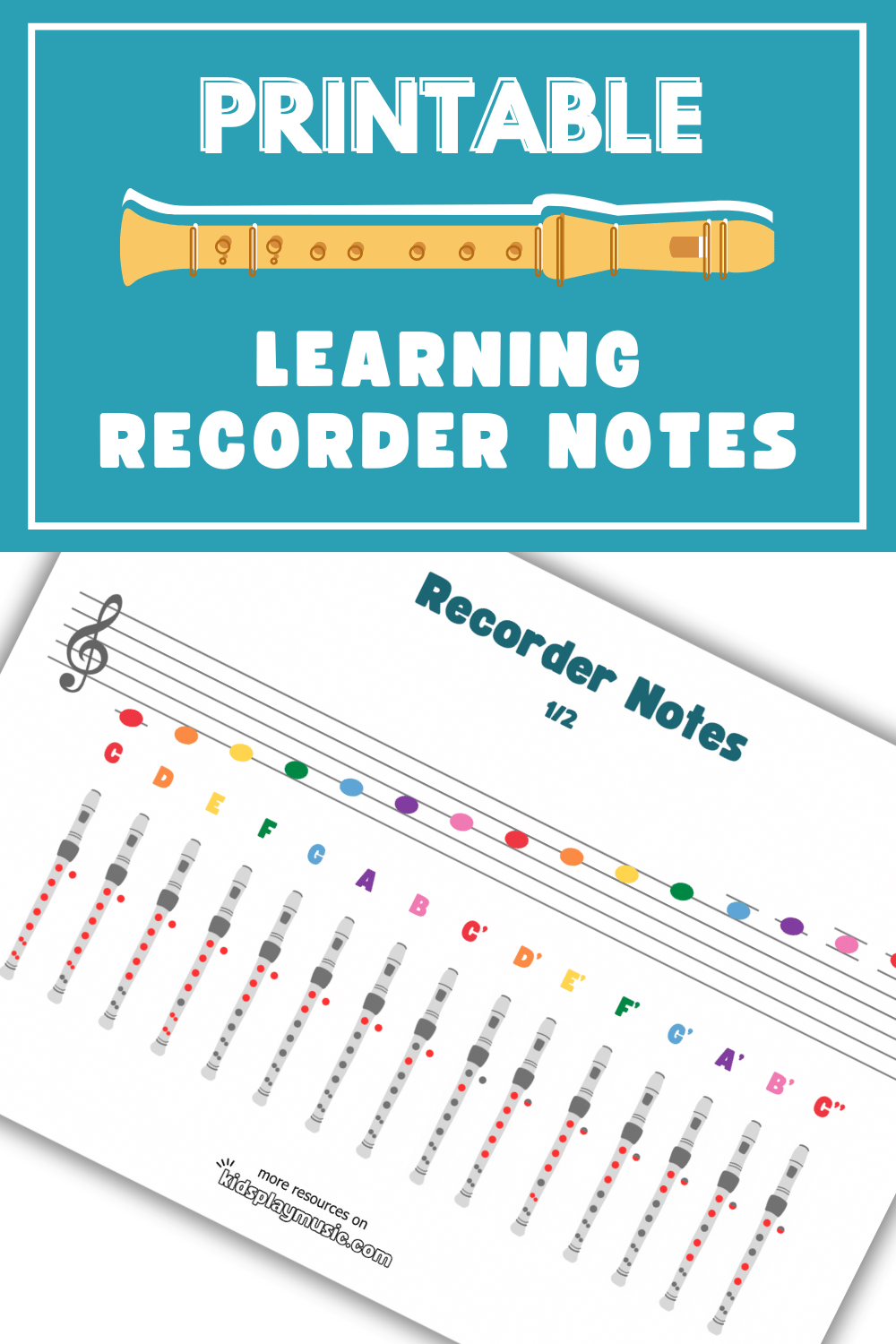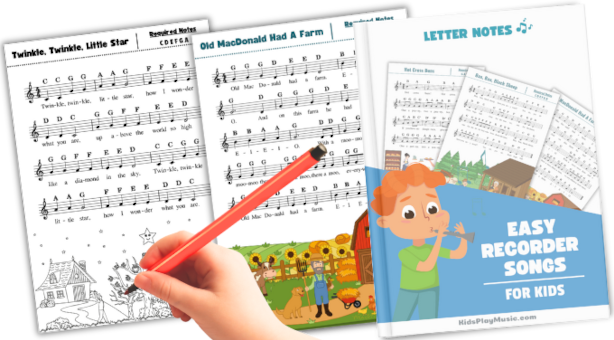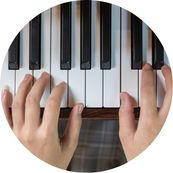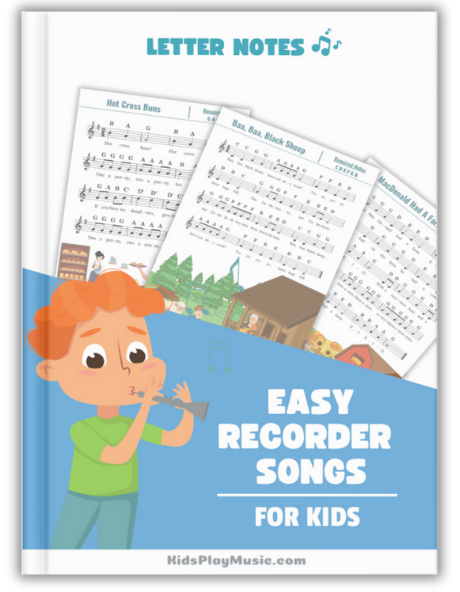When learning how to play the recorder you need to learn a few notes in order to get started. And you need to practice them quite well so that changing between different notes goes smoothly and without any big difficulties. For sure, beginners will struggle to get all the notes right in the beginning but this is normal and absolutely fine and just requires practice. In order to support this learning process a visual reference for all recorder notes are very useful where you have a quick overview of the notes on one pages!
That’s why a recorder notes chart should be one of your main tools when starting to learn the recorder. It shows you the finger positions required to play each note on the recorder. Typically, the chart contains illustrations of the recorder with the corresponding holes highlighted to indicate which fingers should cover them. These charts may cover the entire range of notes playable on the recorder, from the lowest to the highest, and are often arranged in ascending or descending order of pitch. Some charts also include the corresponding musical notation and note names.
Please note that all the recorder fingering charts are based on the soprano recorder.
Easy Recorder Notes with Letters for Beginners
The simplest representation is the recorder with the finger positions and the corresponding note names. Let’s take a look at all the natural notes we can play on a soprano recorder. You can see that we have, for example, three different C notes. They have the same note name, but C is the low C and we put a ‘ symbol next to the note name if we’re referring to a higher note, for example C’ for a high C. And C” means that this is another higher version of the C note.
It’s a good exercise to play all the natural notes from left to right and back again. Another good exercise is to play the different pitches of a note, for example G and G’.
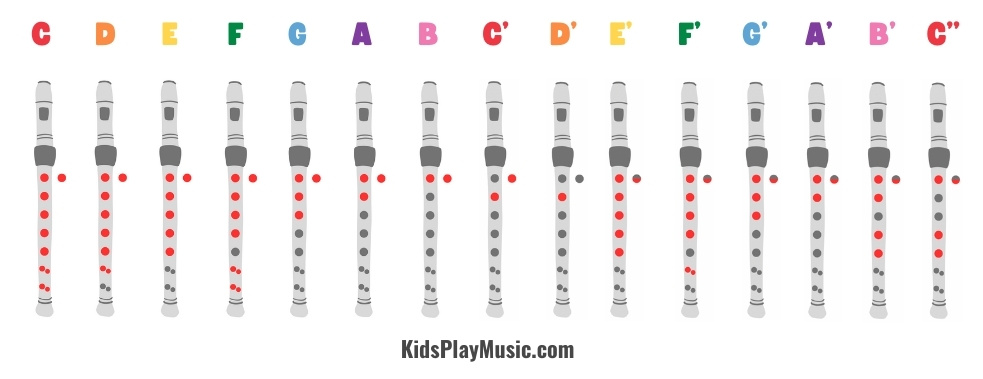
If you play songs in the key of C major, you will be fine with the natural notes, and you can basically put any song in the key of C major. However, if you want or need to play a song in a key other than C major, you may also encounter altered notes, depending on the notes used in the song. Altered notes are the sharp and flat notes shown in the following table:
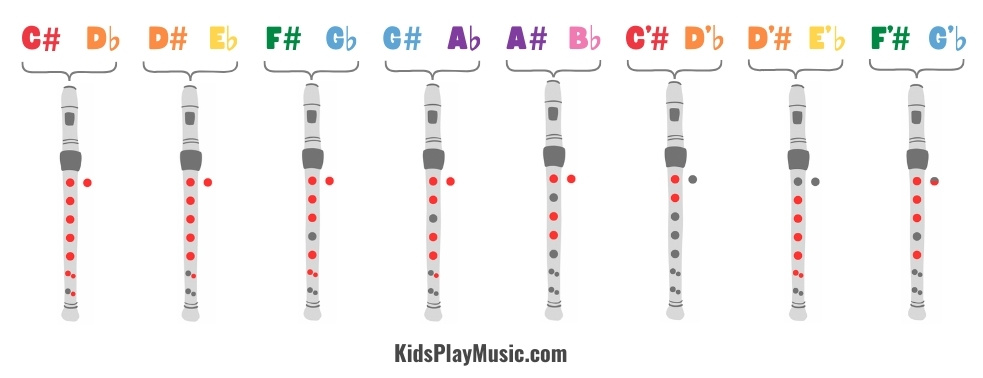
Recorder Notes Chart With Letters and Staff
Most songs are written in music notation because it indicates pitches, rhythms, and other performance instructions. Depending on the age and level of the student, it may be useful to learn the musical notation of each note. And the recorder note chart with staff will also help you find the right finger positions if you are just trying to play a song from sheet music, since it translates each note on the staff to the corresponding finger position on the soprano recorder.
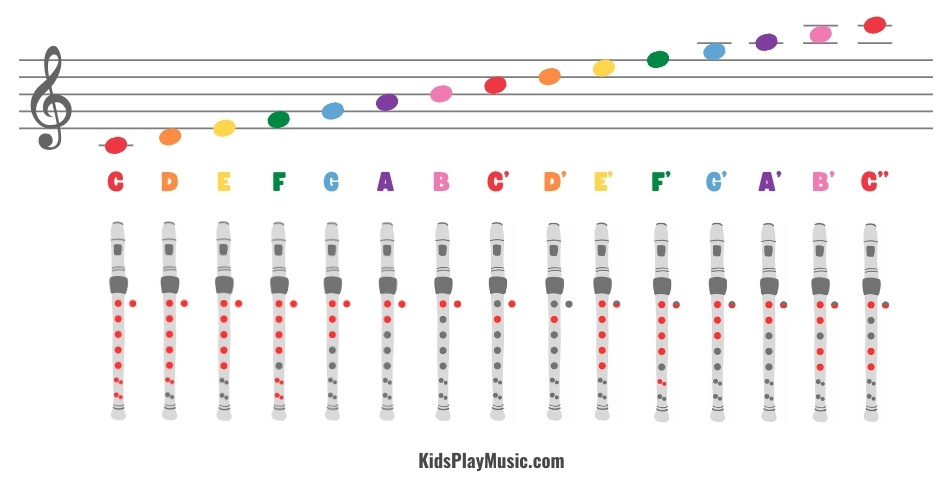
And we also have the same representation for the sharp and flat notes:
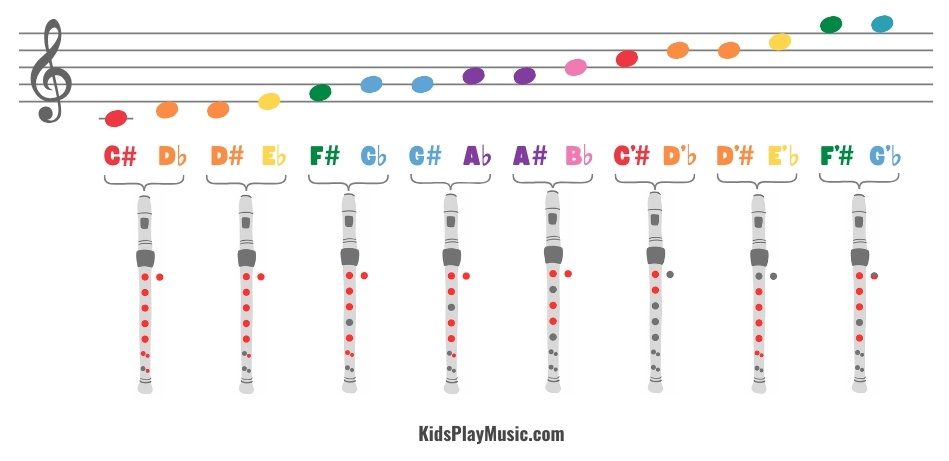
And you want to have a representation of a single note and the corresponding note, then use our blank recorder finger chart!
Recorder Notes Chart Printables
You can also download these charts as PDF printables, so that you can print them out an practice offline or use them as handouts or posters during recorder classes. Sign up to our newsletter and we deliver you the printable straight to your inbox!
The first two pages is for beginners only with the letter notes and without the musical notation. The third and fourth page features also the musical notation to each notes.
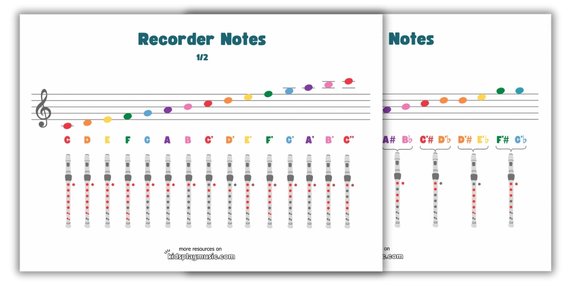
If you want to practice the notes, try playing some simple nursery rhymes on the recorder. You can also find sheet music for many easy songs on our site, such as:
- Twinkle Twinkle Little Star
- Baa Baa Black Sheep
- Old MacDonald had a Farm
- Yankee Doodle
- Row Row Row your Boat
- Mary had a Little Lamb
- Happy Birthday to You
- Amazing Grace
